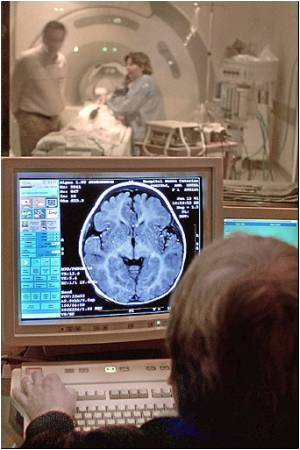Fear and other highly emotional experiences lead to incredibly strong memories, it is known. Now scientists have uncovered the mechanism behind the phenomenon.

In a fearful situation, these newborn neurons, activated by the amygdale, may provide a “blank slate” to strongly imprint the new fearful memory, says , UC Berkeley’s Daniela Kaufer of the University of California, Berkeley.
The findings of Kaufer’s team appear online in advance of publication in the journal Molecular Psychiatry report.
“We remember emotional events much more strongly than daily experiences, and for a long time we have known that connections between the amygdala and hippocampus help to encode this emotional information,” said Kaufer, an assistant professor of integrative biology and a member of UC Berkeley’s Wills Neuroscience Institute. “Our research shows that amygdala input actually pushes the hippocampus to make new neurons from a unique population of neural stem cells. This provides completely new cells that get activated in response to emotional input.”
The finding has implications for post traumatic stress disorder (PTSD) and other problems caused by faulty regulation of emotional memory.
“Many affective disorders involve disordered emotional memories like PTSD, depression and anxiety. We think that newborn neurons may play a role in creating these emotional memories,” she said.
Advertisement
Kaufer, who conducts research on the effects of stress on the brain, knew that many types of positive and negative experiences, such as exercise and stress, affect the rate of neurogenesis in the hippocampus. Along with graduate students Elizabeth Kirby, the lead author of the study, and Aaron Friedman, she was intrigued by the idea that emotions might affect neurogenesis in the hippocampus, since the brain’s clearinghouse for emotions, the amygdala, is connected to the hippocampus via multiple neural circuits. To test this, Kirby focused on the basolateral amygdala, the region of the almond-shaped structure that handles negative emotions, including stress, anxiety and fear.
Advertisement
They next tested Gage’s theory that new neurons are especially sensitive to input two weeks after they form. Kirby and Kaufer labeled hippocampal cells created over a three-day period in a group of rats, and then conditioned a fear response in these rats two weeks later. They then confronted the rats with the same fearful situation or a neutral yet novel context the next day. When they examined the brains, they found that the newborn neurons had been specifically activated by the fearful situation. However, when they destroyed the basolateral amygdala, new neurons were no longer activated in response to the fearful memory.
“The research suggests that newborn neurons play a role not only in the formation of memory, but also in helping to create the emotional context of memory,” Kirby said. It also suggests that the basolateral amygdala drives the ability of new neurons to be part of an emotional memory.
The team now plans to see whether other negative stimuli, such as stress and anxiety, similarly cooperate with amygdala activity to alter neurogenesis in the hippocampus.
Source-Medindia











